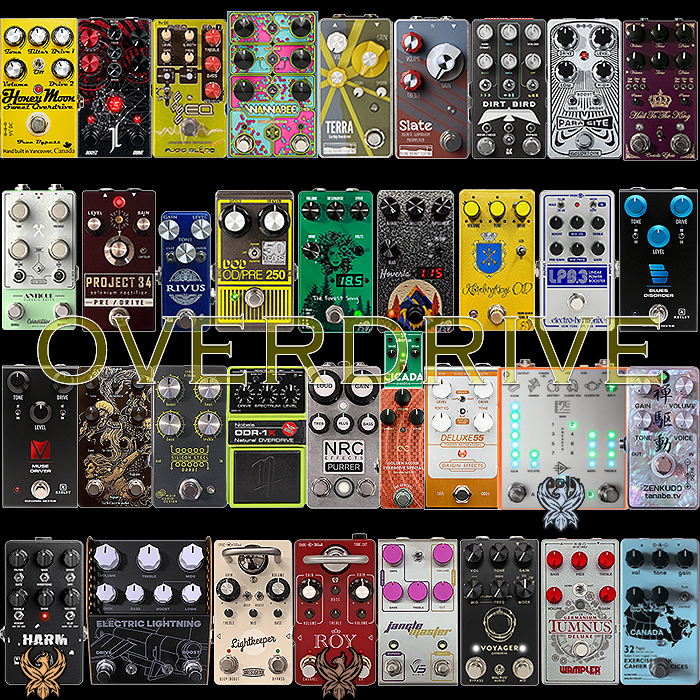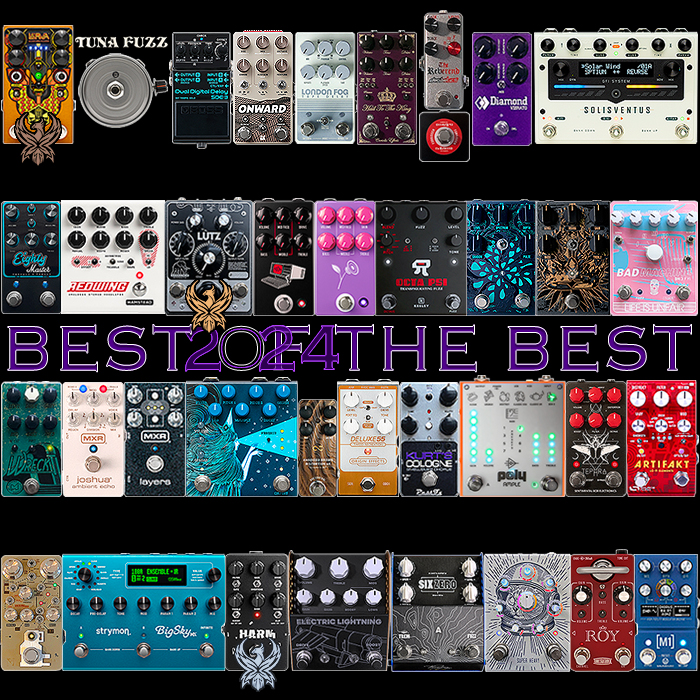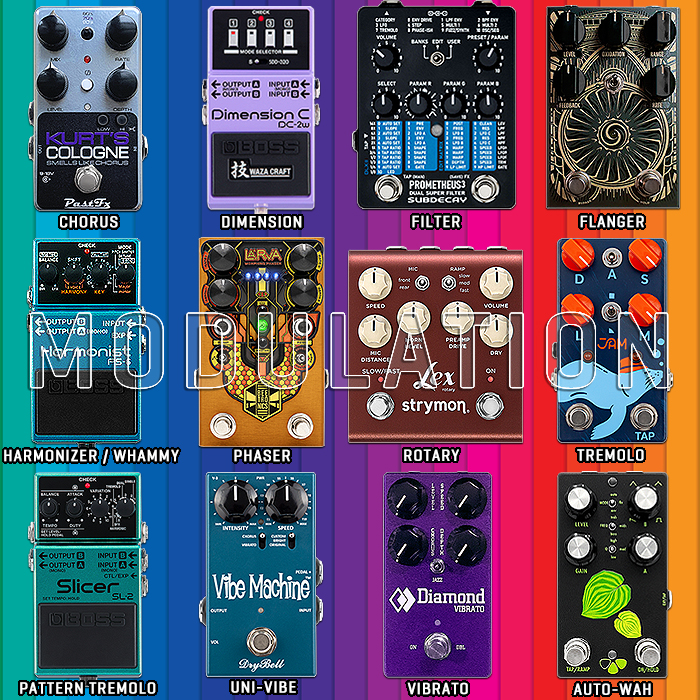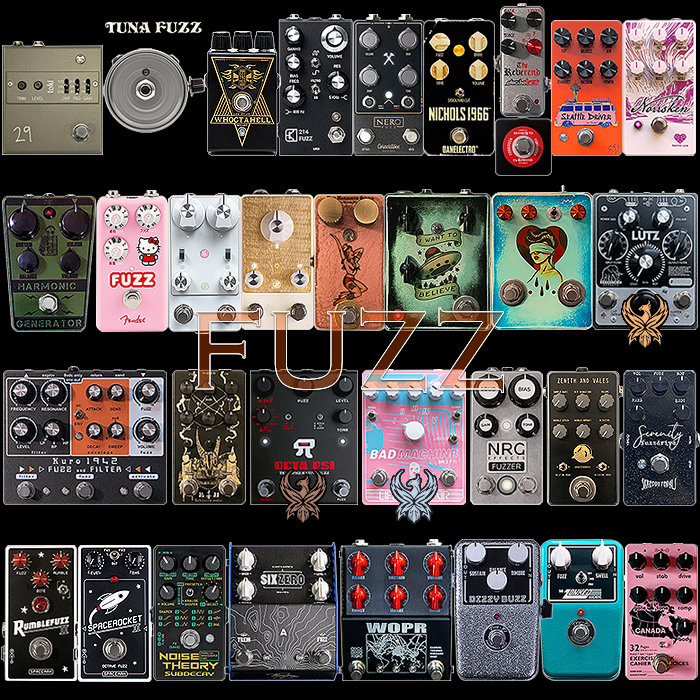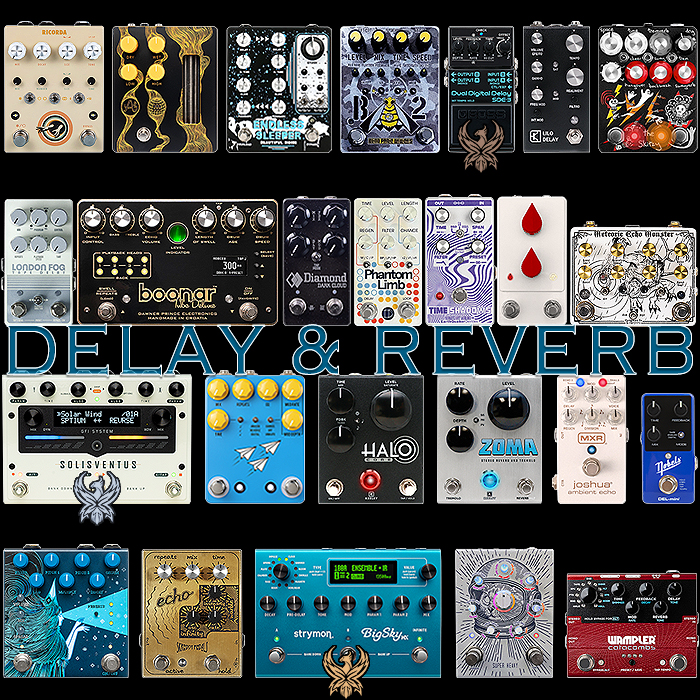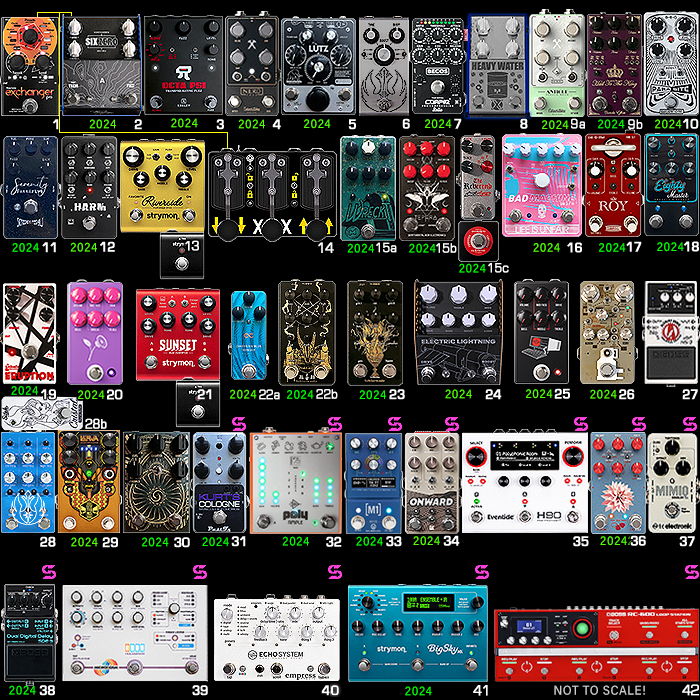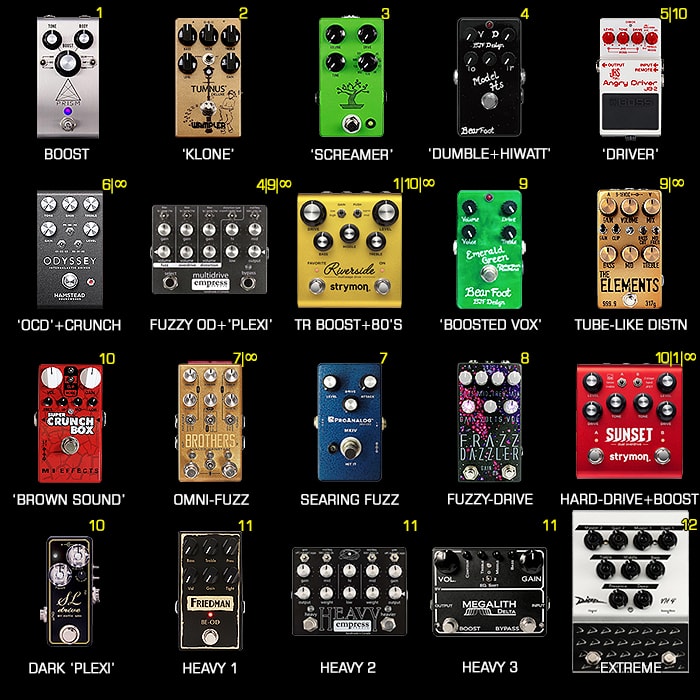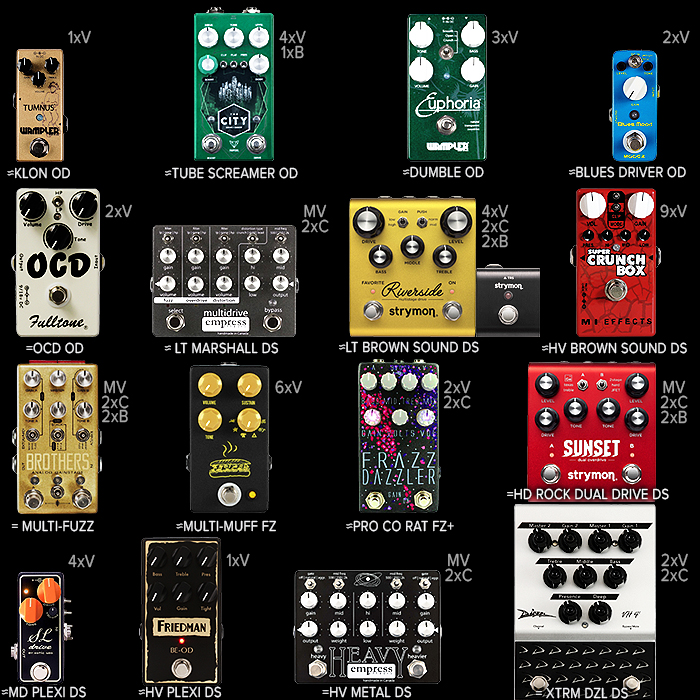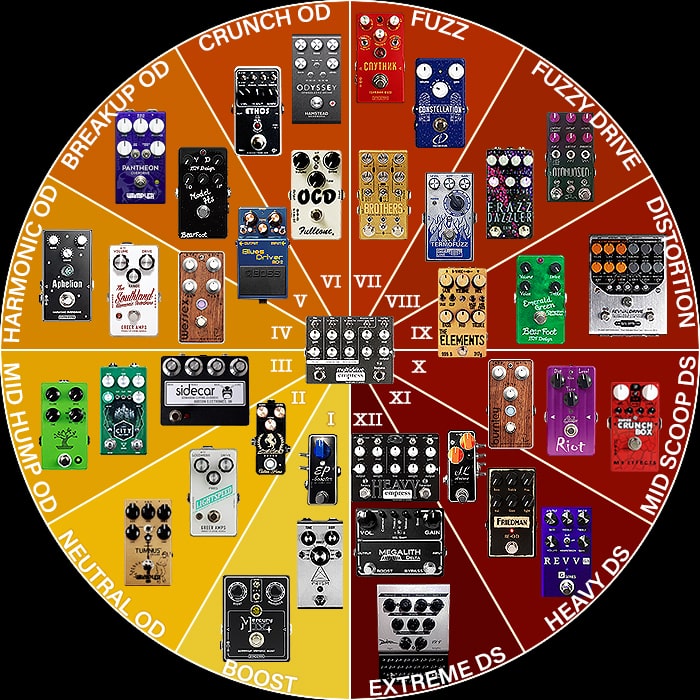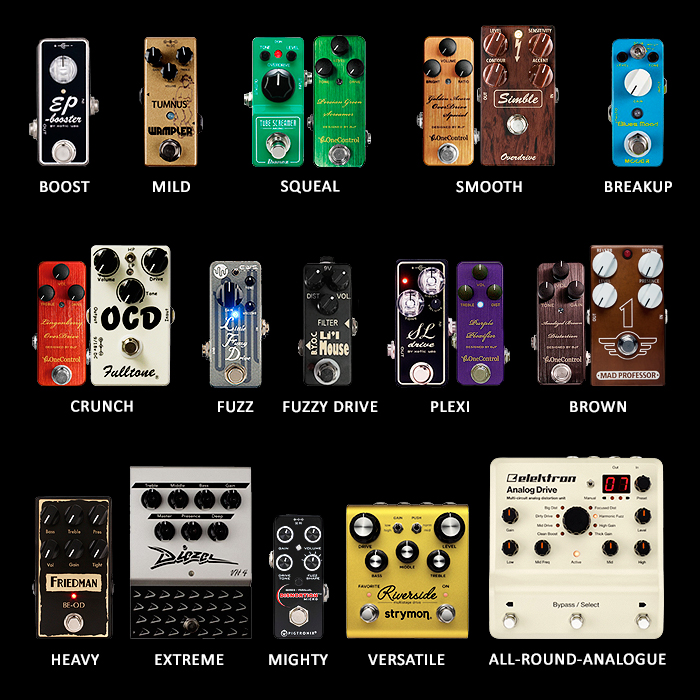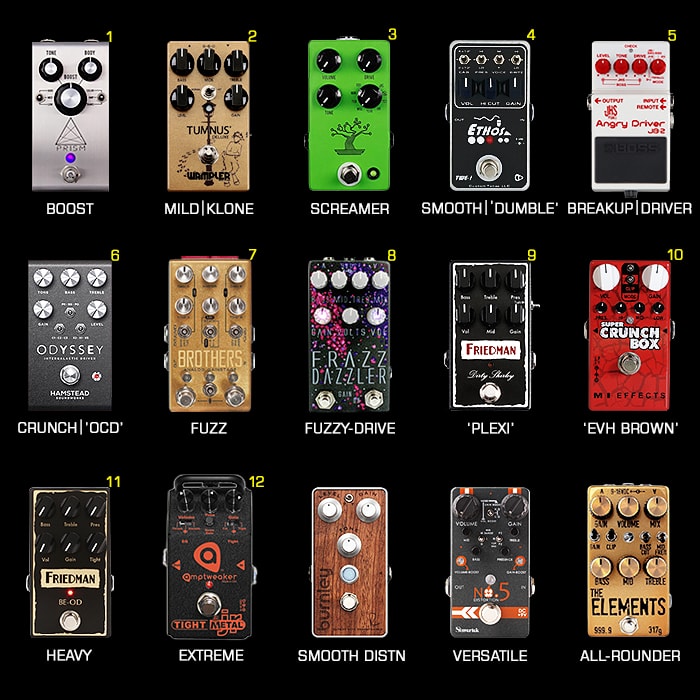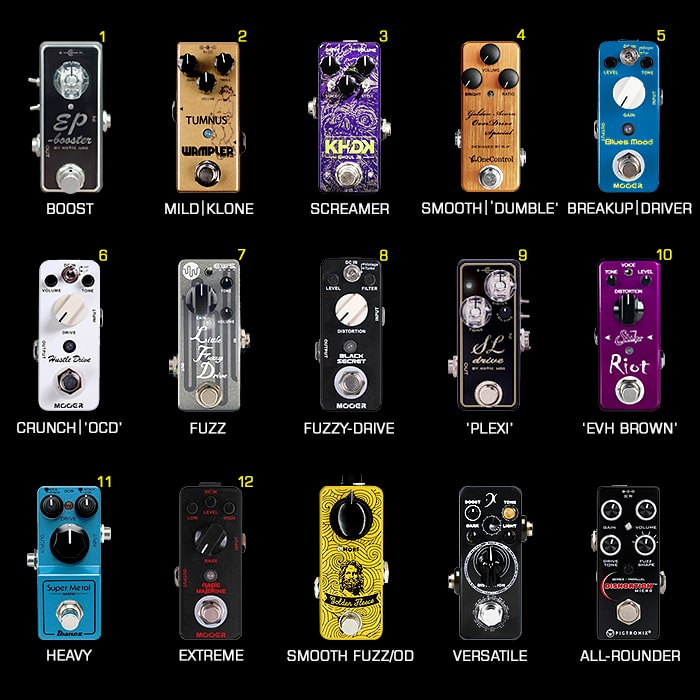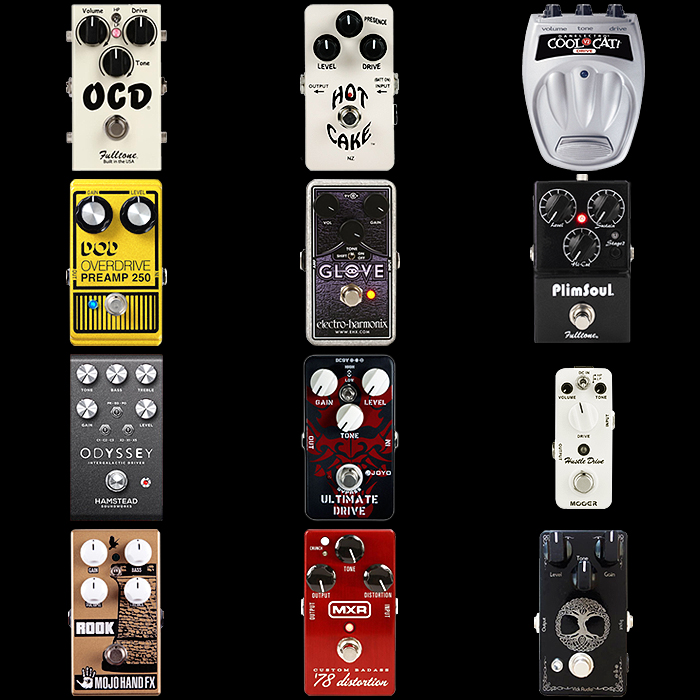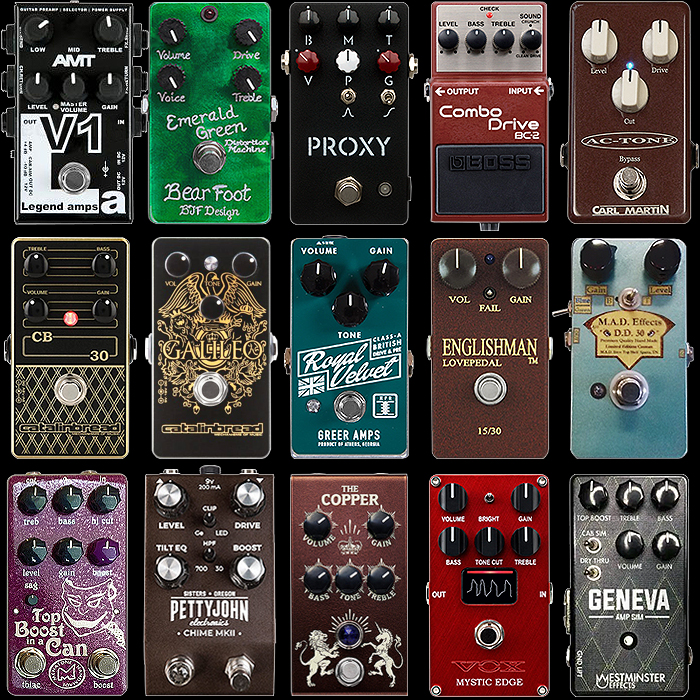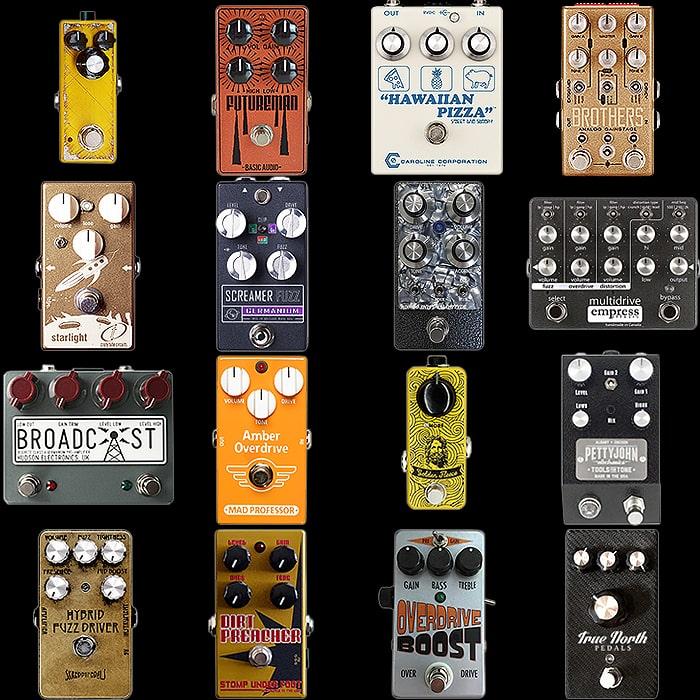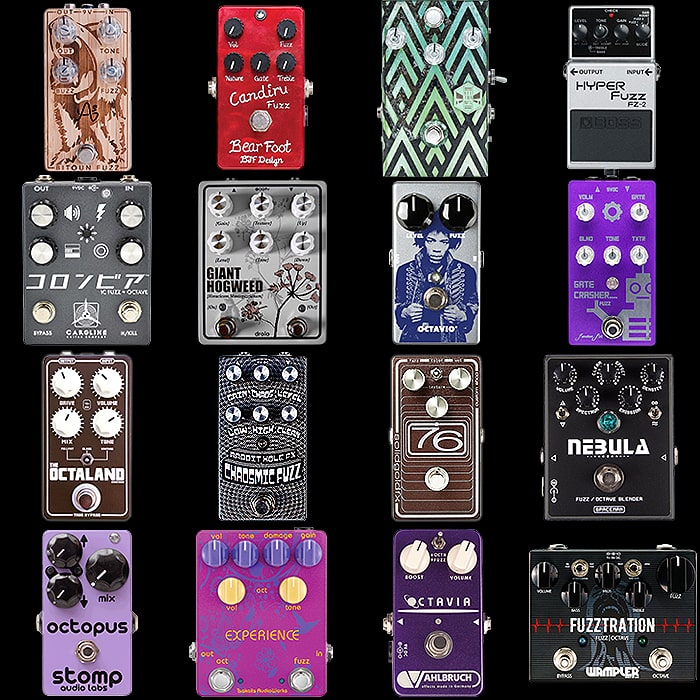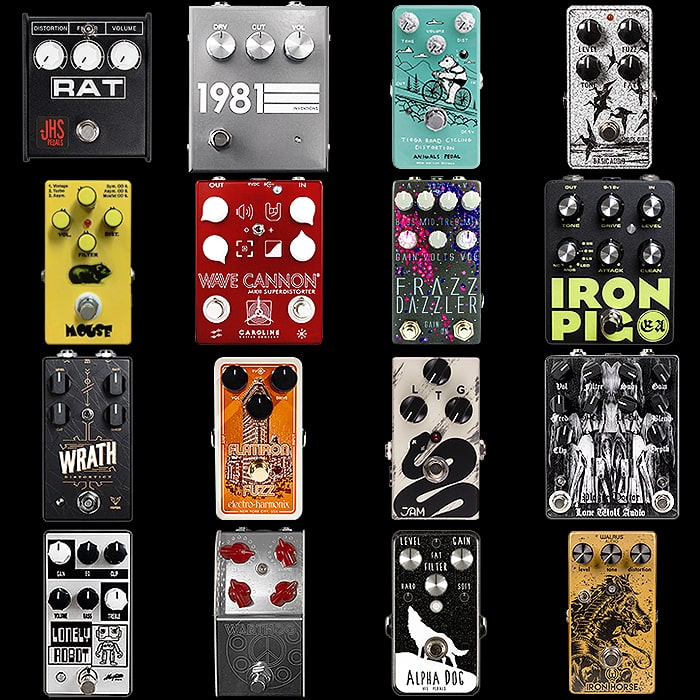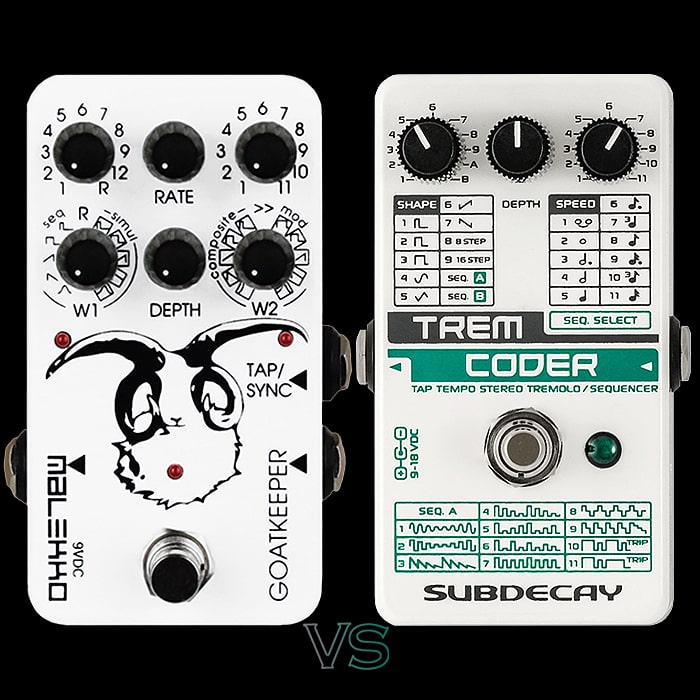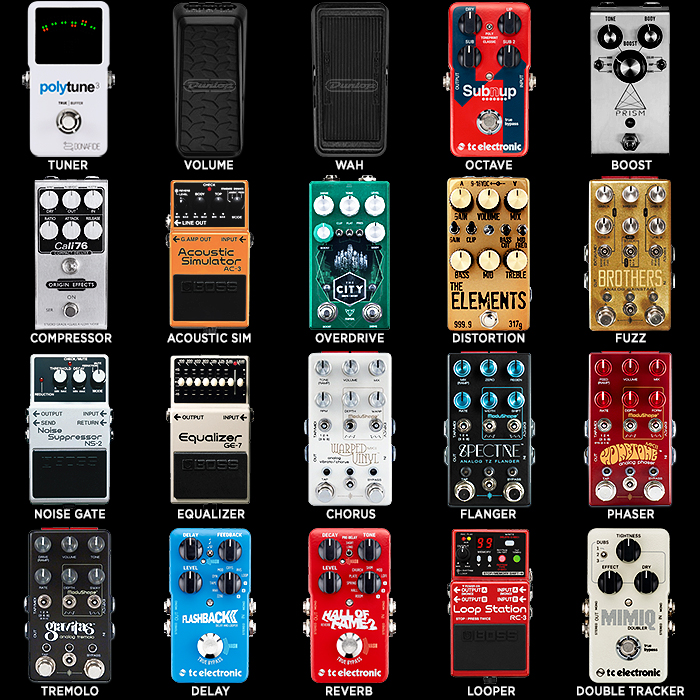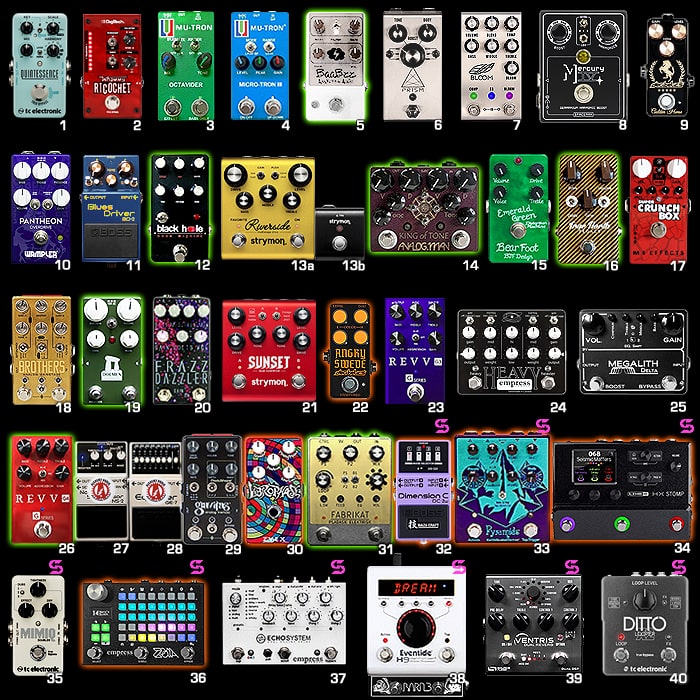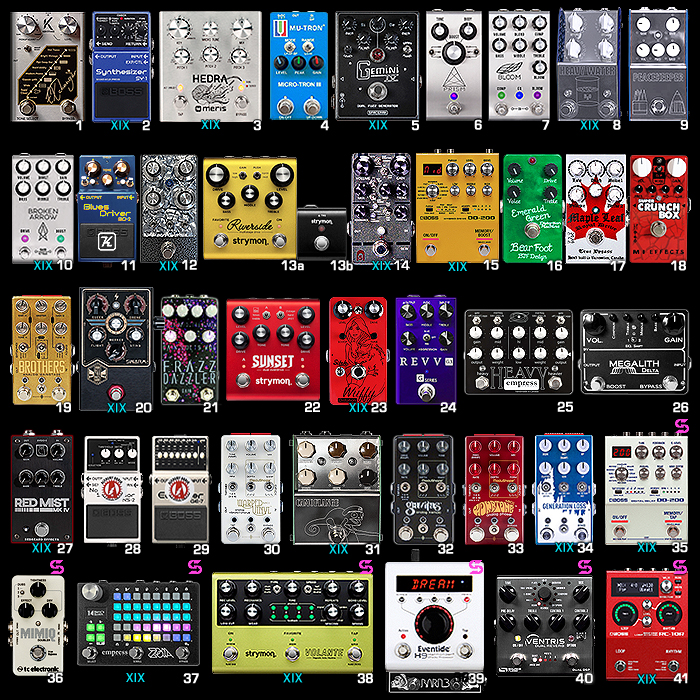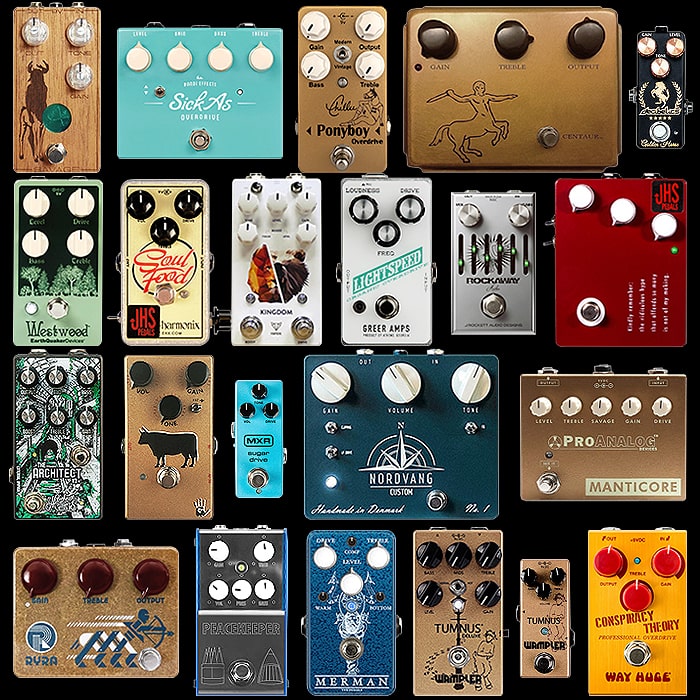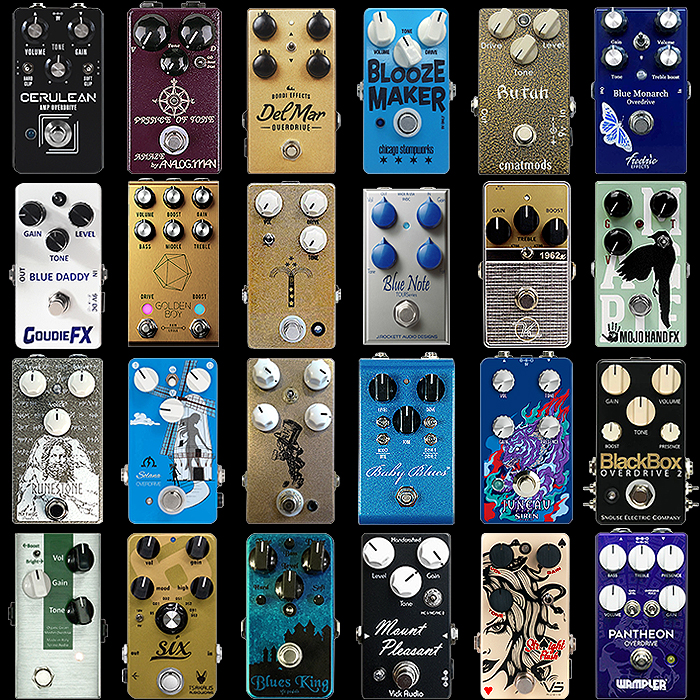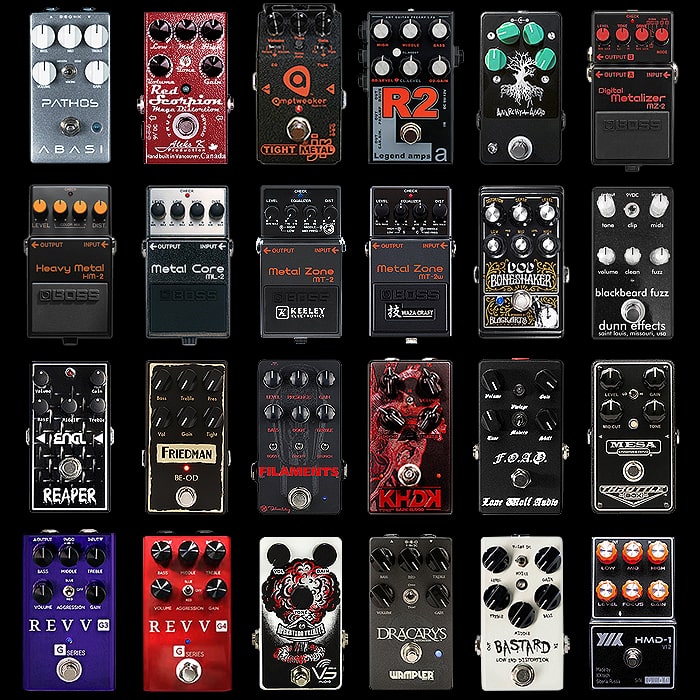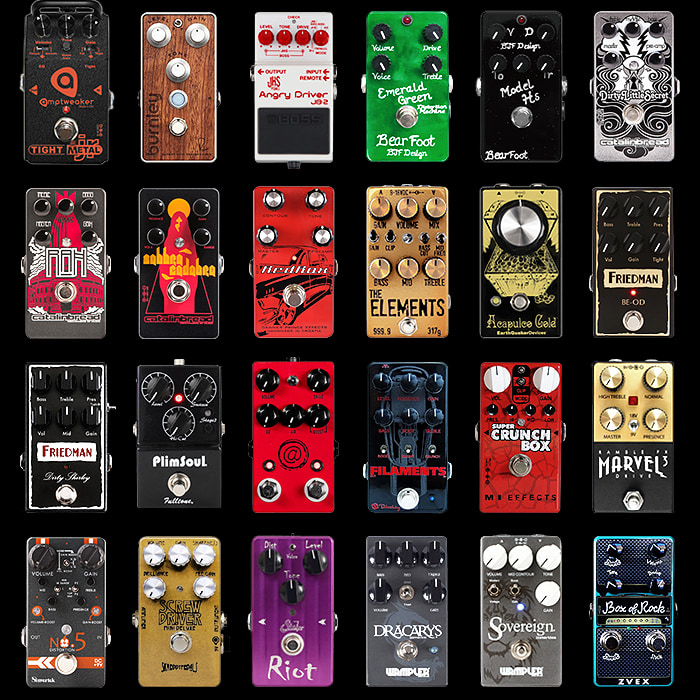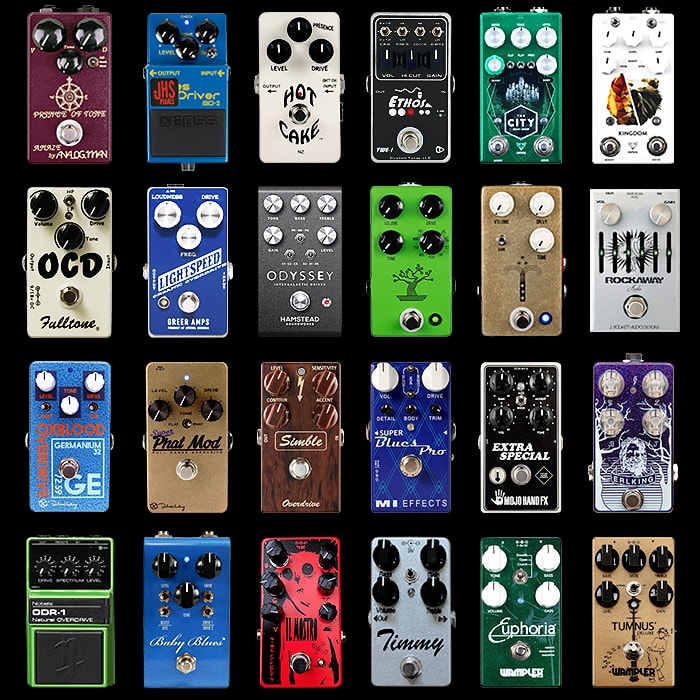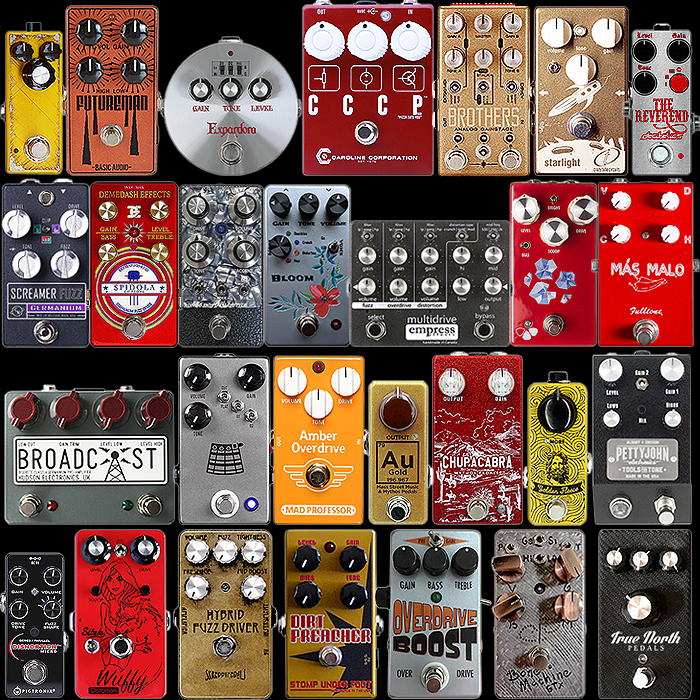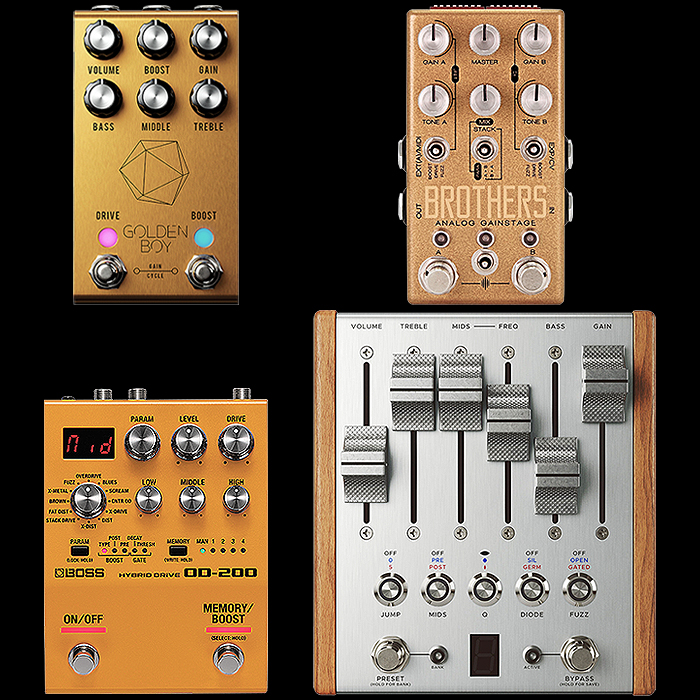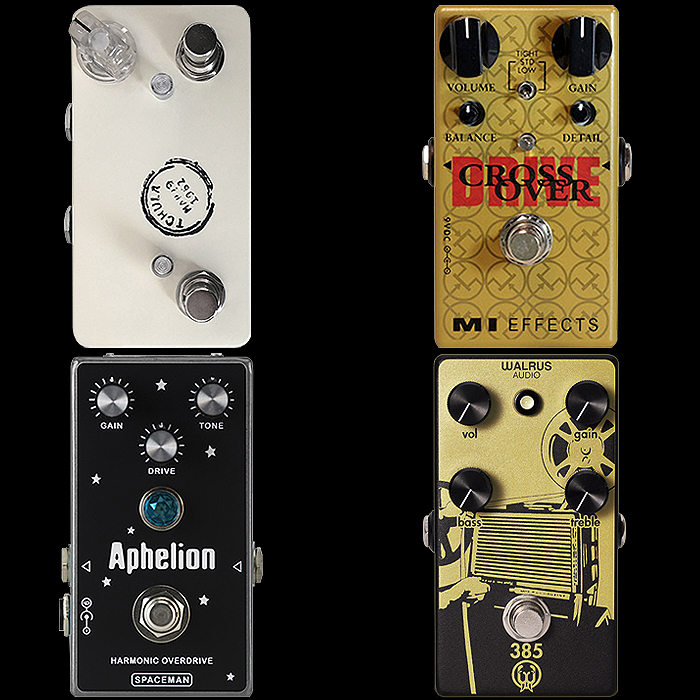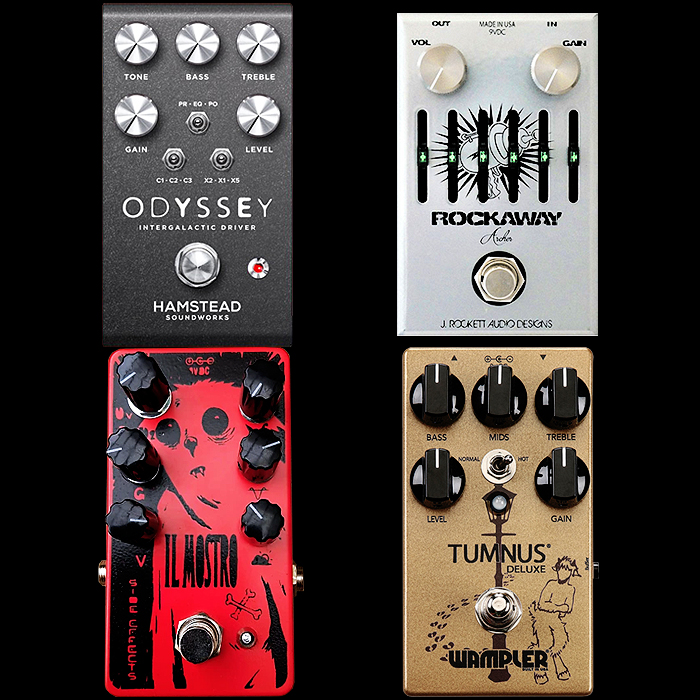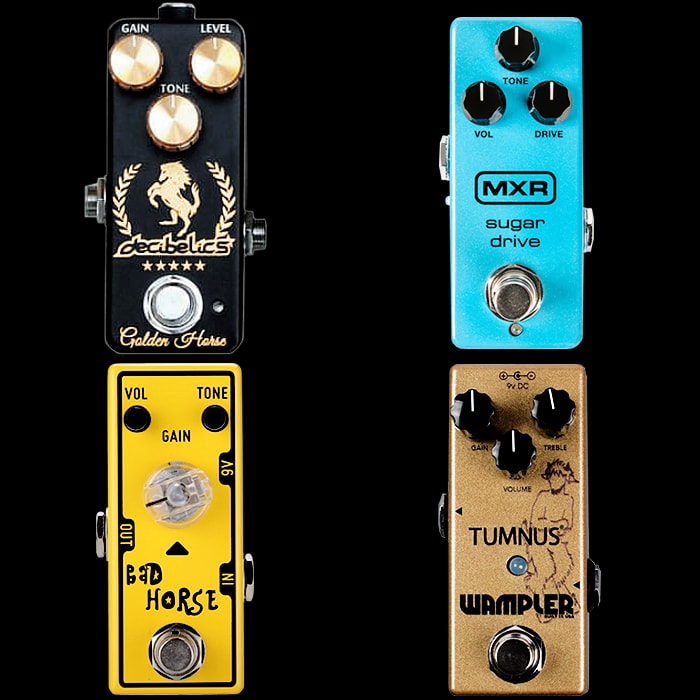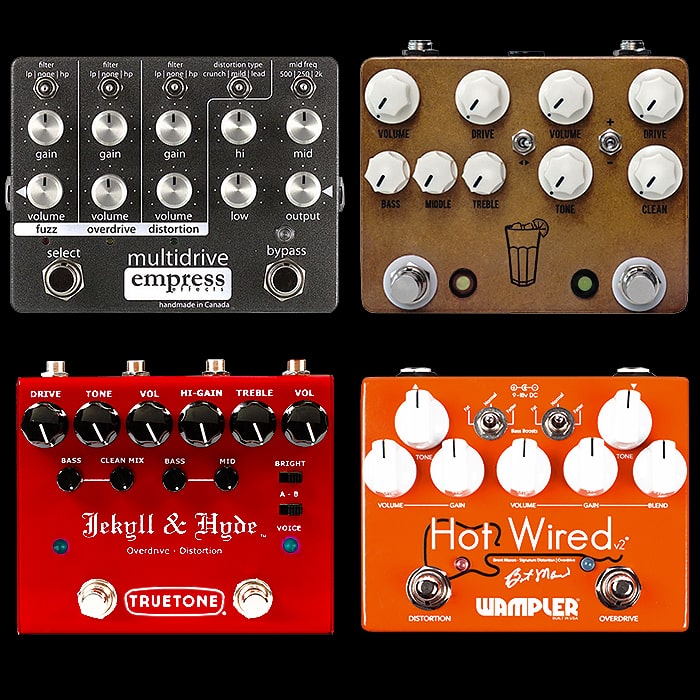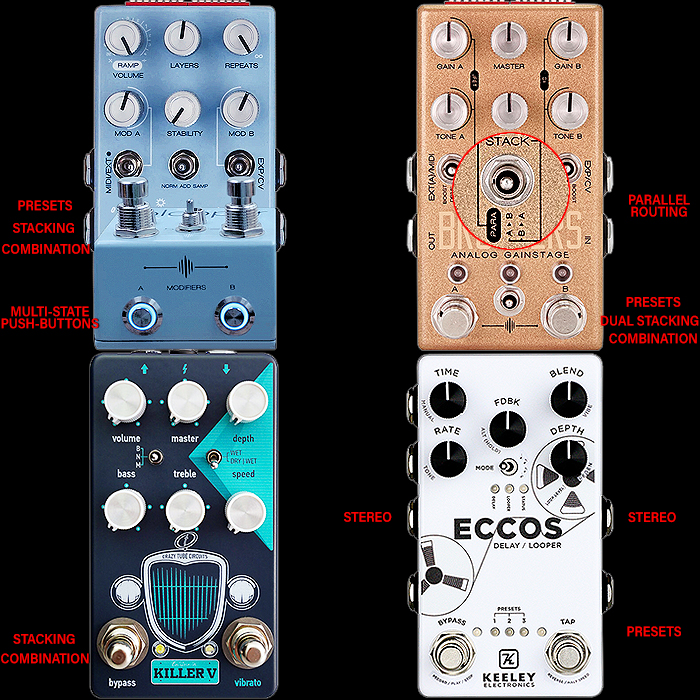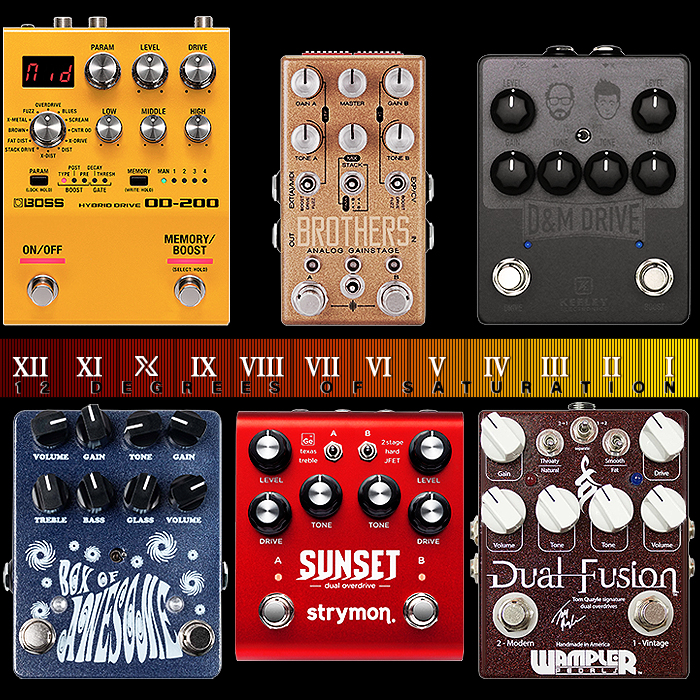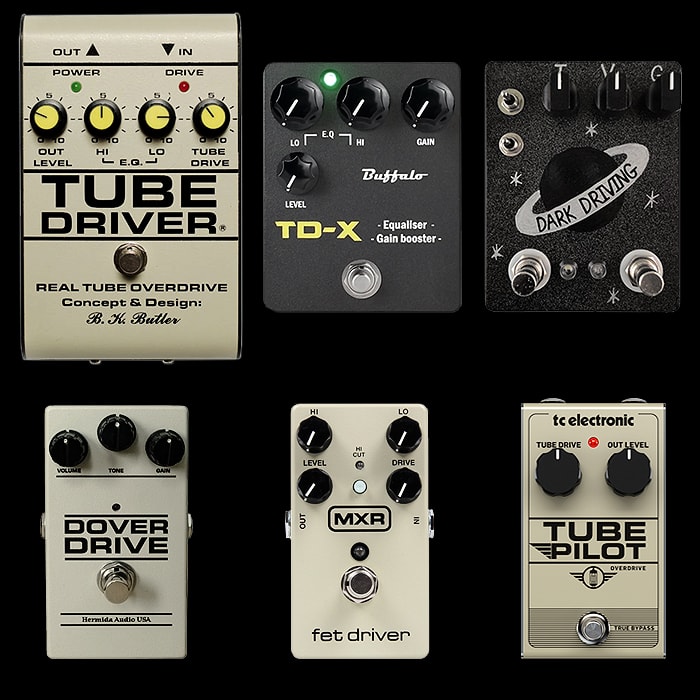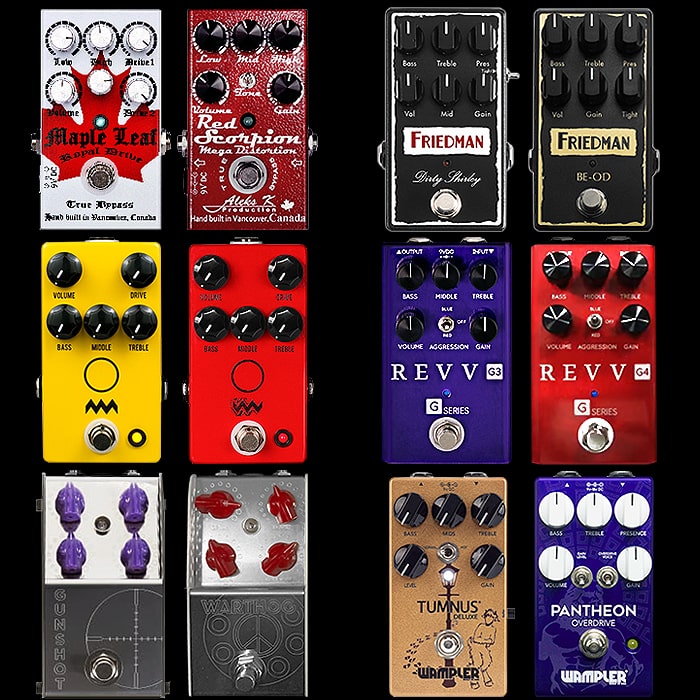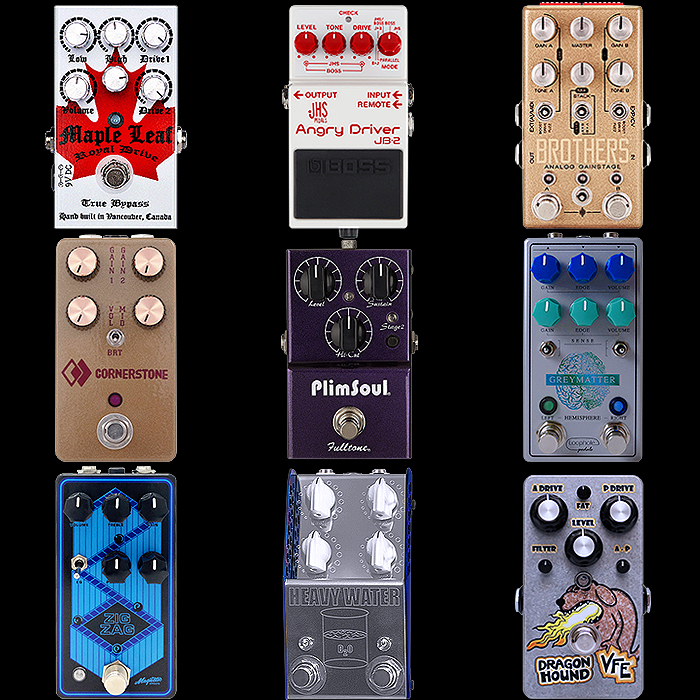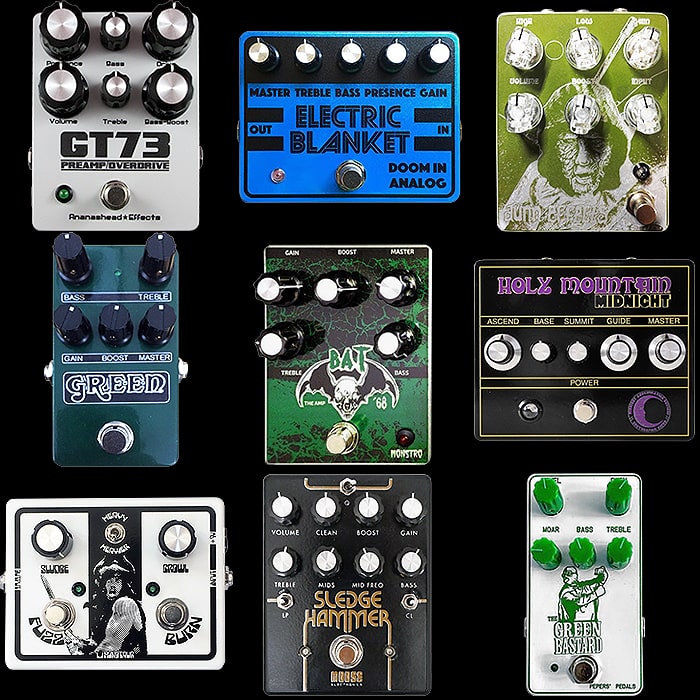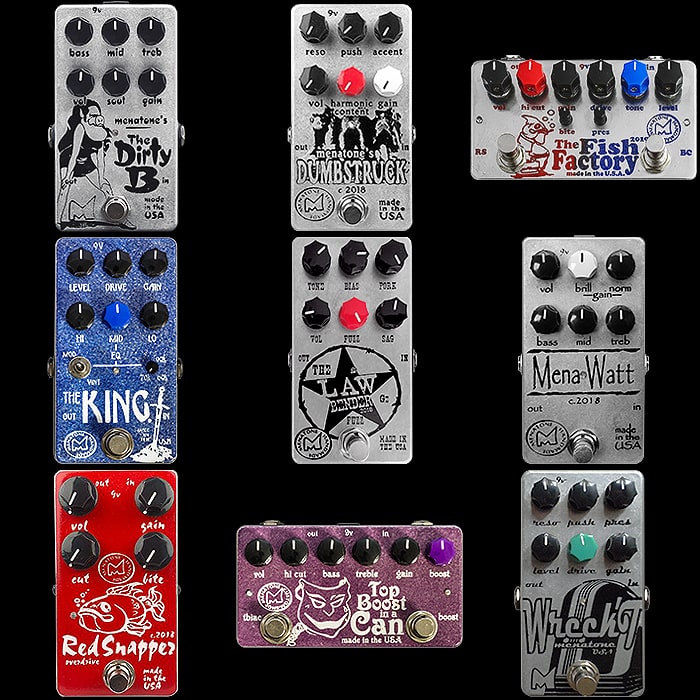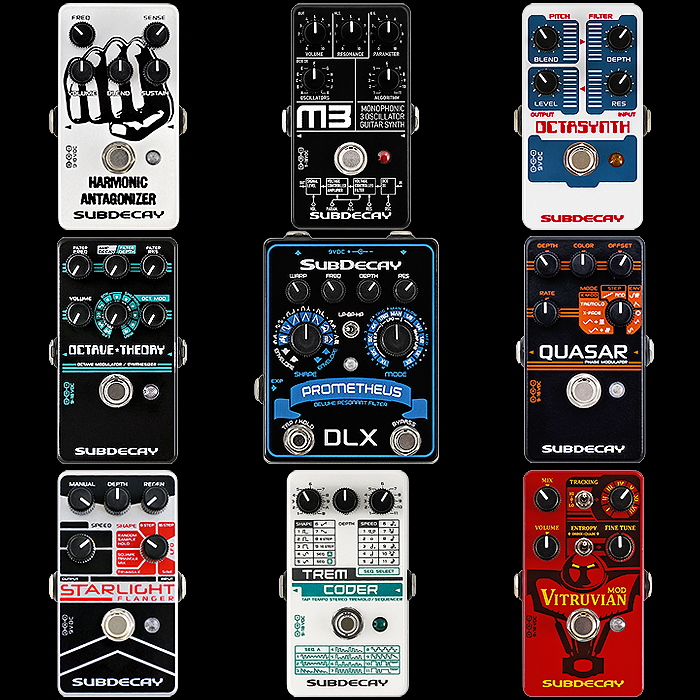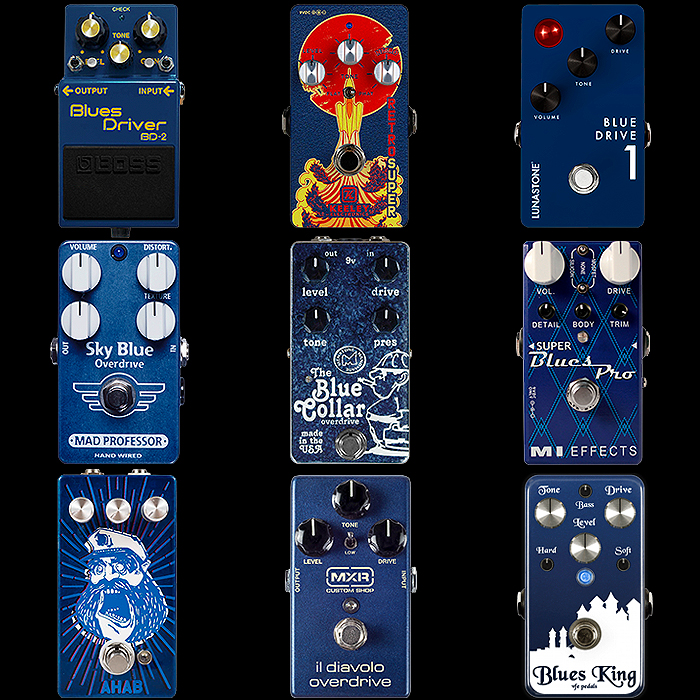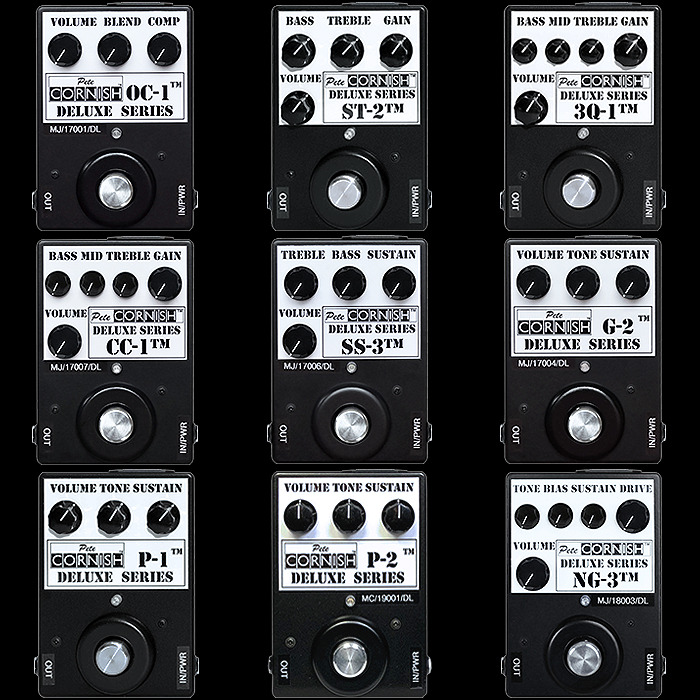9 of the Best Compact Multi-Drive Pedals
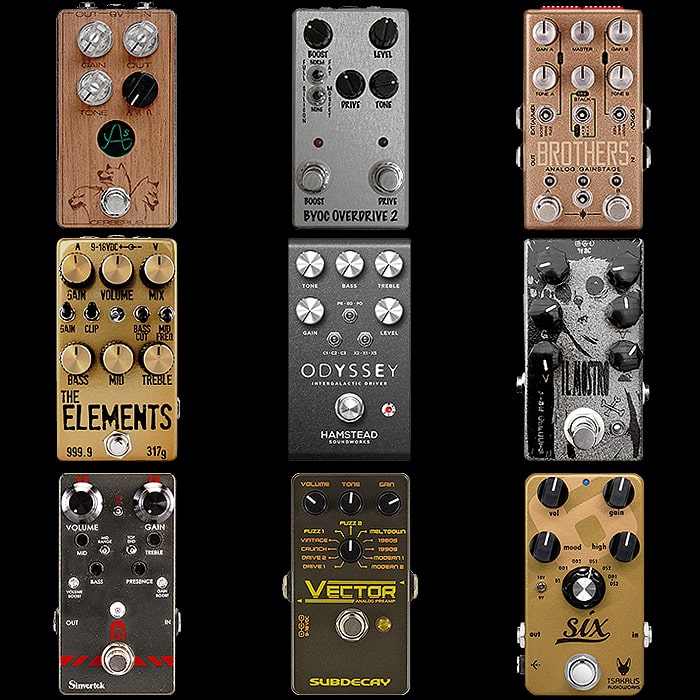
I’m known for my 12 Degrees of Saturation Methodology and organising drive/dirt pedals into a specific category. I do however also like multi-talented multi-tankers, and have always had one or two all-rounder multi-drive overdrives in my pedal-chain. In fact of the 9 listed here I have all but the last featured, which also happens to be the most recently released - by Greek Boutique Builder Tsakalis - that pedal is currently only available in Greece - direct from the maker and from one or two local vendors - oh and actually one US vendor on Reverb.com - but I will likely wait for it to get into wider distribution before I pounce.
Before we get stuck in - I thought it best to define what qualifies as a multi-drive pedal in this listing, as I have other so called multi-drive pedals like the JHS Bonsai which I deliberately exclude. In essence I define multi-drive here as a wide range of tones - from boost, through overdrive and onto some level of distortion too, but beyond a singular category type - so the Bonsai is obviously very much a Tube Screamer multi-drive or single category really, while the hybrid Silicon and Mosfet BYOC Overdrive 2 goes far beyond its Tube-Screamer-ish roots and into other territories. So to qualify here you typically need a range of clipping or tone-sculpting options which take the pedal well beyond a single category or genre - and across multiple flavours of drive.
The one pedal here that is totally permanent in its slot currently is the Chase Bliss Audio Brothers Analog Gain Stage - whose dual-channel combination of 2 different Boost, Overdrive and Fuzz circuits - make it an exceptional all-rounder. While the much in rotation Dr Scientist The Elements and Hamstead Odyssey are also capable of fuzz-is tones - actually - so is the Sinvertek N5 Drive and Subdecay Vector - while every pedal here has a whole lot going on with a different degree of range and complexity. There is a sort of pseudo hierarchy with the Brothers being top, then The Elements and the Odyssey - and all the others at an equal pegging and actually all in regular rotation in the chain across mostly 3 different slots.
I really don’t need to add the Tsakalis Six into the mix - but rather want to complete the set as it were - and I do have my eye on one more acquisition. I feel most players would be satisfied with any of these - but they do have different ranges, different noise-floors and distinct tonalities, so you must select and adjust to taste. I’ve also always felt that Odyssey was slightly odd with its mix of Tone plus Bass and Treble dials versus 3-band EQ, which I tend to have a preference for - but once you get used to it you find you can pretty much dial most things in with ease.
I actually love all of these pedals - and while I have some pedals in the collection gathering varying degrees of dust - all of the above actually get regular rotation in the chain - based on prevailing moods and circumstances! All of these are Boutique pedals to a degree - bar the DIY BYOC Kit Overdrive 2 - which I actually acquired fully built - but in raw enclosure - there are a few of those that come up on Reverb.com in a variety of looks, most are the basic Silicon/LED version - while mine is the rarer Silicon/Mosfet edition.
I felt that pedals like the JHS Bonsai, Custom Tones Ethos TWE-1 and CBA Condor did not quite hit the mark - as even though they have some significant range - they are all largely singular category flavours as such. I include a few near misses / honourable mentions after the main listing.
Pedals are listed alphabetically by brand:
Anasounds Cerberus Custom Overdrive - £199
I much admire both the aesthetics and engineering of this French Boutique brand - and consider myself to have snagged two of their very best pedals to date - this Cerberus triple clipping Custom Overdrive with additional internal trim-post for further fine-tuning. You get the usual external Gain, Out (Level) and Tone controls alongside the 3 clipping options - Soft LED Clipping, Hard Clipping with 4 or 5 Low Threshold Silicon Diodes, and Hard Clipping with 2 High Threshold Silicon Diodes. I also have the limited edition 4-pot Crankled Bitoun Fuzz - both these pedals sound fantastic.
BYOC Overdrive 2 Mosfet Edition - £140 (Reverb.com - used, discontinued)
I admittedly came to this one quite late and acquired it after I had received my larger more full-featured BYOC Crown Jewel - that comes though with LED and Silicon soft-clipping and Silicon and Germanium hard-clipping - so I really wanted the Mosfet flavour from the BYOC Overdrive 2 to complement that. The fact that this pedal comes with a second independently footswtichable Boost makes it all the more worthwhile for me - as dual-footswitch compact pedals are my favourite format / form-factor of pedal. So besides the Silicon and Mosfet clipping options here we also have a 3-way tone shift toggle for Full, Normal and Fat EQ profiles - where Normal is your kind of classic mid-boosted Tube Screamer style curve, the Full is a more even boost curve across all frequencies, and the Fat has enhanced low-end frequencies. This is a really neat and versatile overdrive if you can get your hands on it.
Chase Bliss Audio Brothers Analog Gain Stage - £349
If I could have only one on this page - this would most definitely be that choice, as borne out by the fact that this pedal has been a permanent fixture of my pedal-chain pretty much since its launch. You get dual channels / essentially two sides to the pedal with a JFET circuit on the left / A side and an Integrated circuit on the right / B side. You can select between Boost, Drive and Fuzz voicing on each Channel - and play them individually or in combination - either parallel or series in either direction. In mixing these different flavours together you get a really broad range of tones - and can further adjust gain via internal trim-pots. This one takes a little while to get used to, but a little patience can yield amazing results - and it's so versatile - while I actually use it mostly as a type of Fuzz or Fuzzy-Drive even! Note that you also have 2 onboard presets available here courtesy of Chase Bliss's usual digital control layer - while the circuit and signal path is wholly analog as usual.
Dr Scientist The Elements - £209
I've only relatively recently started rotating pedals in The Elements slot, as it was unassailable and pretty much permanent for a couple of years, but I have so many different interesting flavours now - that this now gets occasionally rotated out of the chain. When playing on the higher gain stage you really do need a Noise Gate as there is a quite discernible noise floor - which is one of the things I guess which makes this pedal so dynamically lively and amp-like. I get some wonderful tones out of this pedal - but without the noise gate at higher gain levels it can generate a lot of unwanted hiss. Fantastically versatile pedal and with a really great sound - but obviously with provisos attached - you need to know how to deploy this one.
Hamstead Odyssey Intergalactic Driver - £219
This is another pedal that takes a while to get used to. I myself typically prefer the more classic 3-band EQ - but here you have a gain Tone Dial alongside 2-Band Pre- or Post- EQ. You also have 3 clipping options and 3 multiplier options - and depending on where you place the EQ versus the Gain - can achieve some really cool fuzzy tones as well as crisp crunchy drive and dynamic distortion. I initially did not know where to place this pedal, but found I could very easily dial in OCD sounds here and much more besides - so this kind of ousted the Fulltone OCD as that category's pedal of choice. This pedal is another Tweaker's delight - and most will take a while to get to grips with the full range on offer.
Side Effects Il Mostro - £130 (Reverb.com)
I've had this pedal on the radar for a while, but only hit the trigger last month actually. I previously had Side Effects' excellent Woolly Mammoth 7 Fuzz Clone, but the intention was always to get this pedal too - which has a 3-way voicing dial - taking you up the gears from Boost / Low Gain Overdrive through to Crunch and onto Distortion. You have the full 3-band EQ here alongside Level and Gain - with a huge range of all parameters on-tap. This pedal is very straightforward to use and you can dial in excellent tones quickly and easily.
Sinvertek N5 Drive - £120 (Reverb.com)
I've only just sprung for one of these - they have only recently been made availableon Reverb.com and are a replacement / update for the Sinvertek No.5 Distortion which I already have. Judging by the demos they've applied slightly softer clipping to extend the range into a smoother low-gain overdrive - while still retaining the full-dynamic-range distortion at the top-end of the gain. What makes this pedal really clever are the boost modes - where you can add either Volume or Gain Boost or both by stomping on the footswitch a second time - so that if those options are selected - one press is one, second press is add boost, and two quick presses is off - or you can cycle between boost/s on and off. In addition to that super smart functionality you have a sort of 4-band EQ - with added Presence, and 3-way selector for Presence / High Frequency EQ Profile, as well as Mid-Frequency EQ profile. This pedal is fully analog signal path, but does apply a digital control layer much like Chase Bliss Audio does.
Subdecay Vector 11 Channel PreAmp - £179
As with every multi-voice pedal of this ilk you will find some of these voicings to your liking and others slightly less so. Overall this is probably the easiest one to understand here - you have simply 11 clearly identified voicings - accompanied by the very typical Volume, Tone and Gain dials - it's kind of like a subset of my 12 Degrees of Saturation with some more obvious classic voicings here and others less distinct. Generally works well in the middle of the pack, while for me is somewhat less successful at the two extremes of the saturation curve in terms of timbre/texture/harmonics. This is though an entirely analog pedal which achieves its tone by smart component switching - using different diodes, clipping, resistors etc. It is very fairly priced for what it is, but I don't feel it would ever replace the other pedals I have for each of its 11 equivalent voicing flavours. The Tone control is pretty good, not near the dynamic range of my Decibelics Golden Horse though - and part of me would always prefer to see 3-band EQ!
Tsakalis Six B.O.D. Multidrive - €210
This is the newest / most recently released of these pedals and cleverly does away with the use of Caps / Capacitors within the main gain circuit for supposedly more vibrancy and harmonics. It is billed to delivery the combined tones of the Timmy, Blues Breaker and King of Tone pedals - and does this via 5 controls plus a 9V/18V headroom toggle. The 5 controls are Volume, Gain, Mood (Tone), High (Presence), while there are 6 voicing options - BS Boost, OD1 Smooth Overdrive, OD2 Creamy Overdrive, DS1 Natural Amp Distortion, DS2 Amp Distortion with Bite and OD1+DS2. I've kind of already decided that I will add this one when the time is right as it kind of fits into the profile of pedals I like, and I've been impressed by the early demos - won't be a priority, but may well be landed before year-end.
Honourable Mentions and Near Misses
There's no doubt a few I've inadvertently overlooked or left out, alongside a at least a couple that I've yet to fully make my mind up about. The first of these is last year's GFI System Jonassus (£199) - a two channel / dual-footswitch pedal with 3 different clipping modes on each side - so similar to the Brothers in some vague respect, but for me it is let down by only having a single tone control - which is shared by both sides! This one thing really puts me of this pedal - to the tune that it's not made the collection. I feel GFI could easily remedy this with a V2 version of the pedal which as one more dial - to allow you to adjust tonality independently on each Channel - something that I would have though essential...
I also have another new NAMM pedal under consideration - the Neunaber Neuron Gain Intelligence PreAmp, Compressor, Noise Gate & Cab Simulator (£299) which mixes up analog and digital processing. Most importantly it has presets onboard - which most of the above pedals are somewhat conspicuously missing. Yet for some reason I still haven't been totally won over by this pedal - although I am somewhat warming up to it. I have seen a number of demos now, but for whatever reason there's something niggling me at the back of my mind and subconsciously indicating that this may not be something for me. However I remain open-minded and it could well be that something pulls me over the line in the end.
Final Thoughts - Generalist vs Specialist!
All the pedals that appear in this feature are typically more generalist than specialist pedals - in that they can delivery a wide variety of tonal palettes. Obviously the Tsakalis Six very much advertises its influences, as does the BYOC Overdrive 2 to a degree, but the others stand more to the side as distinct malleable flavours. Most players come to drive pedals via a specific category - looking for a Klon, Tube Screamer, Blues Breaker, Blues Drive, OCD, Plexi, Top-Boosted Vox etc. - while the majority of these defy precise categorisation and even forge new types to a degree.
I have a couple of overall favourites for sure, but love each of these on their own merits and play each pretty regularly. Financially actually all of these make sense versus buying individual pedals to cover the same range - wile I like to mix up the specific and the general for easy switching and selection. And if you do like a particular variety / category of pedal - you can buy individual pedals with more tone-sculpting in that very particular area.
As I've noted previously - the Brothers has been a permanent fixture in my chain for a good couple of years, and The Elements possible longer still - although that is currently on rotation with the True North Tweed Drive. All these other pedals have had a decent innings in the chain and do get rotated in regularly for variety and special purposes. You will find that there are certain pedals where you have a number of set settings which you can easily dial in and reference - and you tend to use those pedals for those purposes - even though you could probably dial in similar on another of these featured!
Each of these pedals has its strengths and weaknesses, and however much I love these individually none are perfect by my criteria - as I feel that if you have a multi-voice pedal you really need footswitchable presets to access them suitably easily.
As always it's a case of pick your own poison here - statistically it's interesting to report that only 3 of these pedals are American, 2 are Greek, then 1 British, 1 Canadian, 1 Chinese and 1 French - all are High Quality though!







